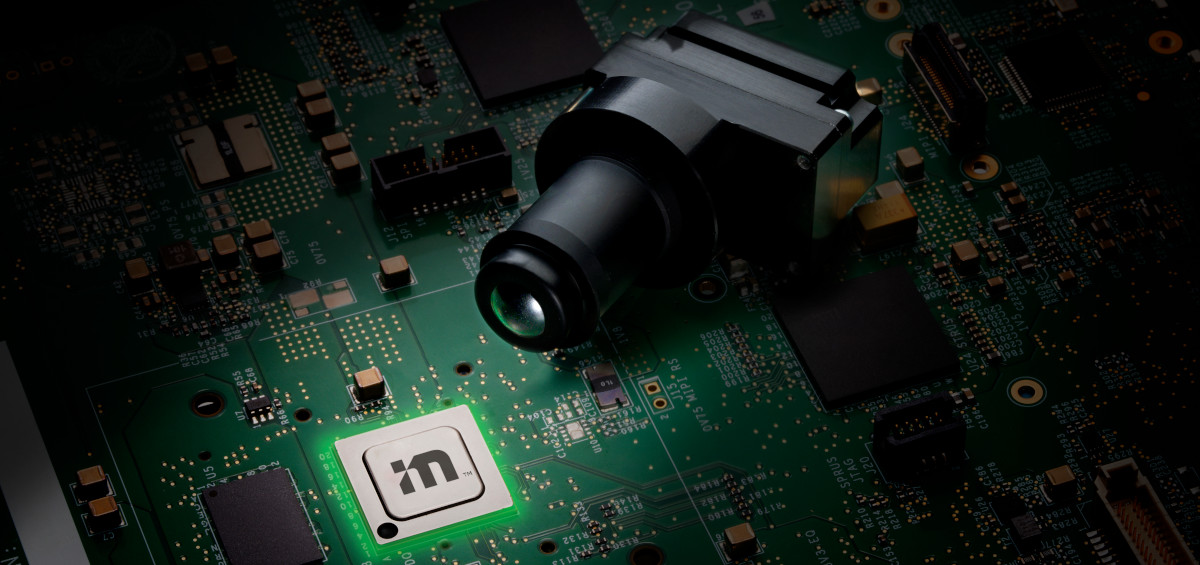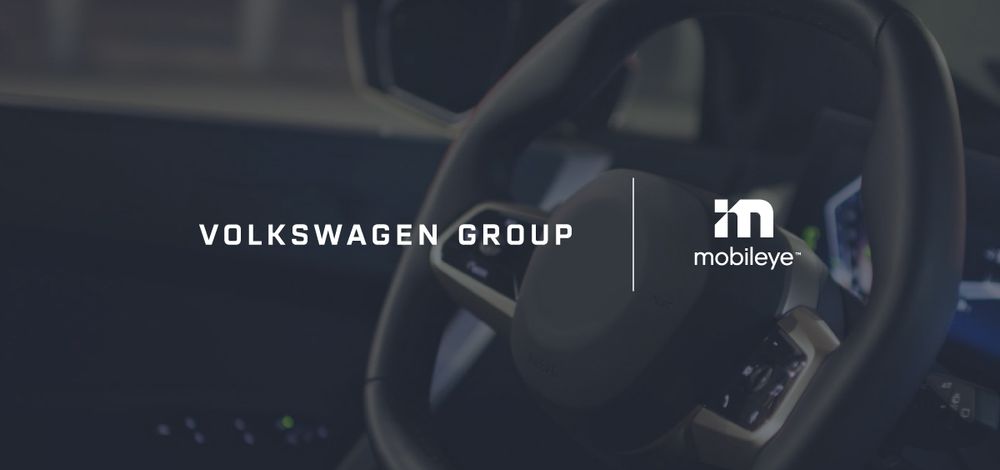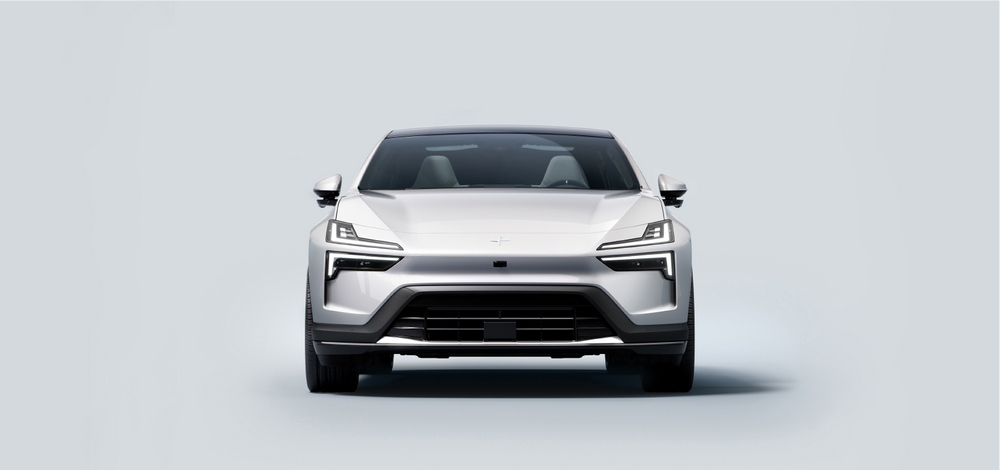blog
|
October 31, 2023
Intelligent speed assist shows the power of Mobileye's vision
Our computer vision technology goes far beyond identifying speed limit signs to surpass the requirements of the EU's latest General Safety Regulation.
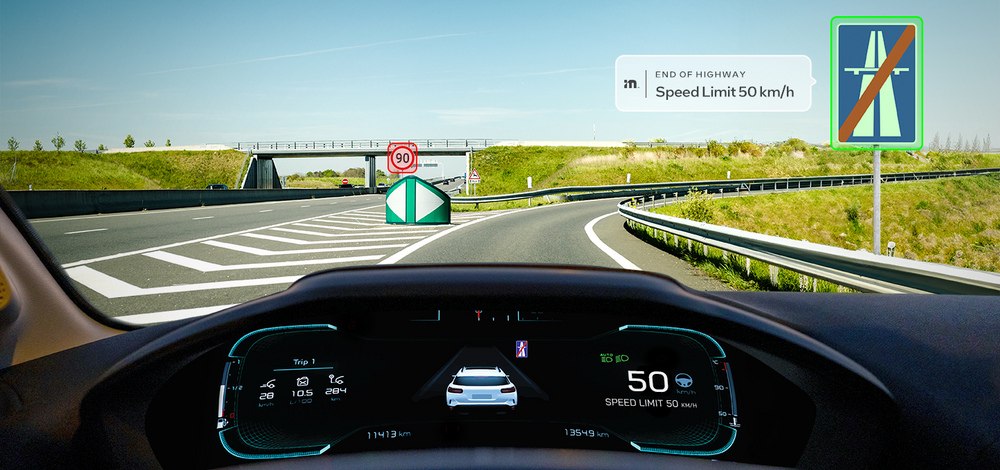
Mobileye’s ISA solution employs an array of cutting-edge AI technologies to identify all manner of traffic signage.
Mobileye is known throughout the automotive industry for our experience and leadership in computer vision technology for driver assistance. The latest product of that expertise is our new Intelligent Speed Assist solution.
Announced just a few months ago, Mobileye's new Intelligent Speed Assist (ISA) system has been certified to surpass the rigorous new standards set out under the European Union's General Safety Regulation. It's the first (and so far the only) such solution to do so based purely on camera-based computer vision technology… without relying on a third-party map or requiring any additional hardware.
That makes Mobileye's new ISA system an exceptionally proficient, cost-effective, and easy-to-implement solution for automobile manufacturers, and a safety-enhancing feature for drivers of vehicles equipped with Mobileye technology.
What is intelligent speed assist?
One of the many driver-assist features enabled by Mobileye technology, Intelligent Speed Assist is designed to help drivers stay within the legal speed limit by either passively alerting the driver or actively intervening to reduce the vehicle's speed.
The cornerstone of any such system is traffic sign recognition (TSR), which employs computer vision technology to identify and interpret traffic signs – including speed limit signs – and relays the information to the vehicle and its driver.
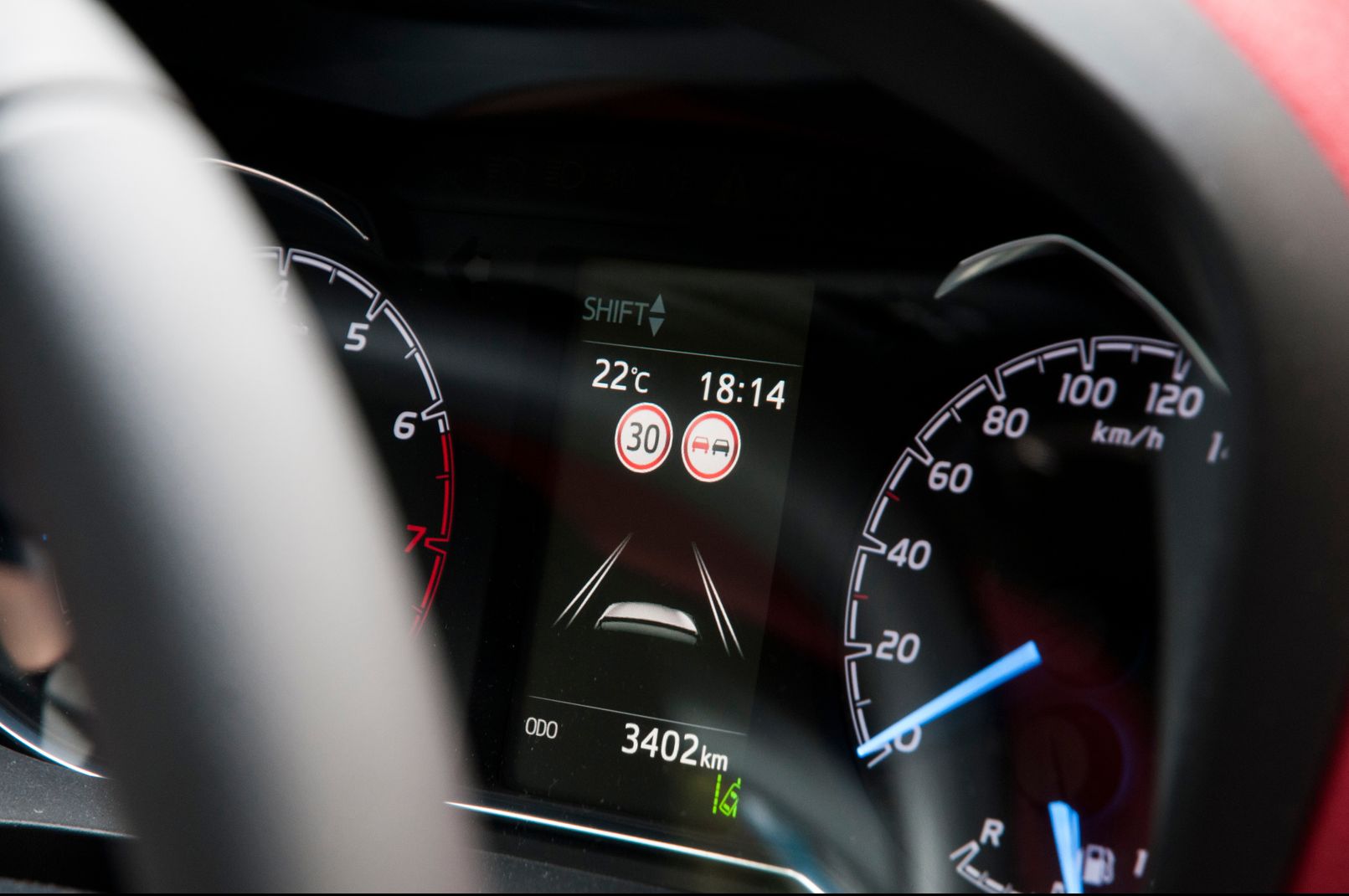
Traffic sign recognition is one of the essential types of signal provided by Mobileye's EyeQ™ systems-on-chip, which have been fitted into over 150 million vehicles to date across hundreds of model lines from dozens of the world's leading automakers. The system is trained to recognize both explicit signs (which clearly post the speed limit in kilometers or miles per hour) and implicit signage (such as those indicating construction areas, school zones, and highway entrances and exits) that imply a change in the applicable speed limit. And it can recognize both permanent printed signs as well as temporary or variable digital signs.
Our ISA solution goes beyond traffic sign recognition, however, to encompass traffic sign relevancy, signature-based classification, optical character recognition, and road-type classification technologies – all of which combine to deliver more robust speed-assistance capabilities.
Beyond recognition
With traffic sign relevancy, Mobileye's ISA solution is programmed to not only recognize traffic signs, but to determine to which lane they're applicable. That can help prevent errors that commonly trip up basic traffic sign recognition systems – like speed limit signs on highway offramps, for example. Such signs might apply only to vehicles exiting the highway, but are prone to being picked up by the cameras on vehicles remaining on the highway as they cruise by offramps in other lanes as well. In a passive system, false alerts might well prompt the driver to ignore future alerts or even switch off the system entirely, thereby undermining (if not totally defeating) its utility. In an active system, however, the problem could be even worse: a "false positive" might trigger actuation of the brakes in order to bring the vehicle down to a misidentified speed limit – potentially causing rear-end collisions from unexpectant following traffic.
Meanwhile, signature-based classification "future-proofs" the technology by allowing vehicles equipped with our ISA solution to be updated with the visual "signatures" of new types of road signs that might be introduced long after the vehicle has left the factory. This feature can be particularly useful in Europe, where individual countries often implement different types of signage. (Mobileye's ISA solution also supports other countries outside the EU, such as Turkey and Israel, which also adopt GSR.)
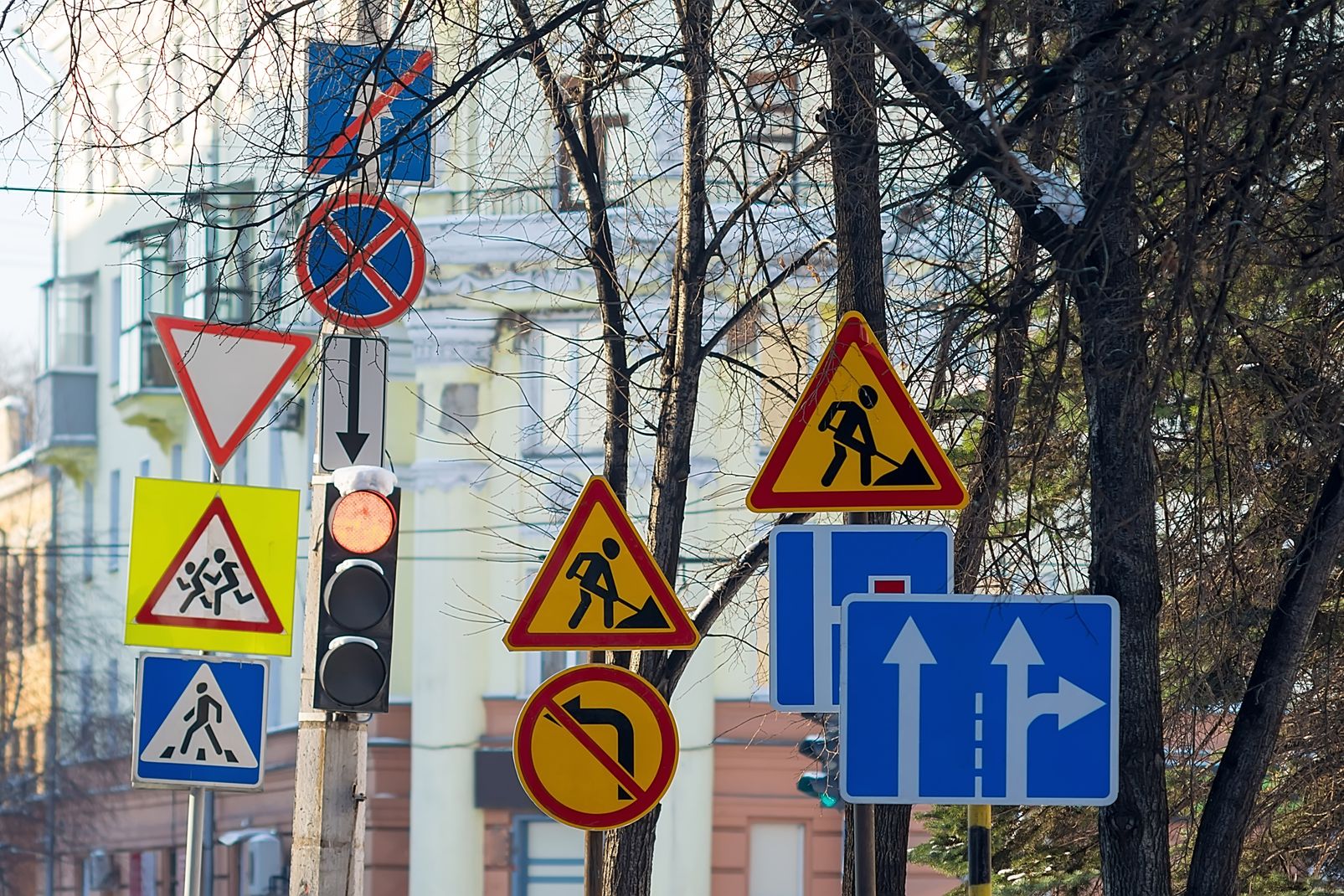
With optical character recognition (OCR) capabilities, our ISA solution can also "read" textual signs that cannot be recognized by shape alone. That can help the system discern whether a reduced speed limit is in effect only during school hours, for example, or if a particular sign applies only to vehicles above a specific weight classification. It can also be especially useful in identifying the city name signs used in some parts of Europe to indicate the application of an urban speed limit.
Road-type classification renders the system even more robust. This layer of the solution takes visual cues from other aspects of the driving environment and analyzes them using deep neural networks to determine what type of road is being traveled – and by extension, what the appropriate speed limit should be. That can be particularly helpful under conditions where signage may be missing, weathered, occluded, or otherwise difficult to read.
One of the key factors that differentiates Mobileye technology is the database of driving clips that we've assembled over the course of many years of leadership in computer vision driver-assistance technology. Believed to be the largest in the industry, this database consists of tens of millions of video clips, encompassing an enormous variety of parameters and features of roadways from around the world – including local traffic signs.
Training our algorithms on this enormous dataset means that when a vehicle equipped with Mobileye technology encounters a rare traffic sign, for example, chances are it has nonetheless "seen" it before, and knows what it's there to indicate. It also means that the system had already been internally validated on a wealth of real-world data before being independently certified by external parties.
Seeing is believing
So far, six independent labs located in five separate European countries have tested Mobileye's Intelligent Speed Assist system and certified that it meets or exceeds the new standard set out under this latest version of the EU's General Safety Regulation. The system was designed based on extensive consultation and close coordination with the European Automobile Manufacturers’ Association (ACEA) and the European Association of Automotive Suppliers (CLEPA). And several major automakers are already implementing the solution in vehicles reaching markets across Europe and around the world.
"The successful launch, certification, and implementation of this new ISA solution stem from a great deal of hard work put in by many members of multiple teams across the company," says Amit Shainkopf, Driving Semantics Product Manager in Mobileye's R&D department. "We're proud of the performance we've achieved through vision alone – but we're not stopping there. We're forging ahead to expand these capabilities to additional geographies. And Intelligent Speed Assist is just one of many driver-assistance products we aim to launch in the coming years – all with the goal of making cars, and the roads they drive on around the world, safer for everyone."
Share article
Press Contacts
Contact our PR team

